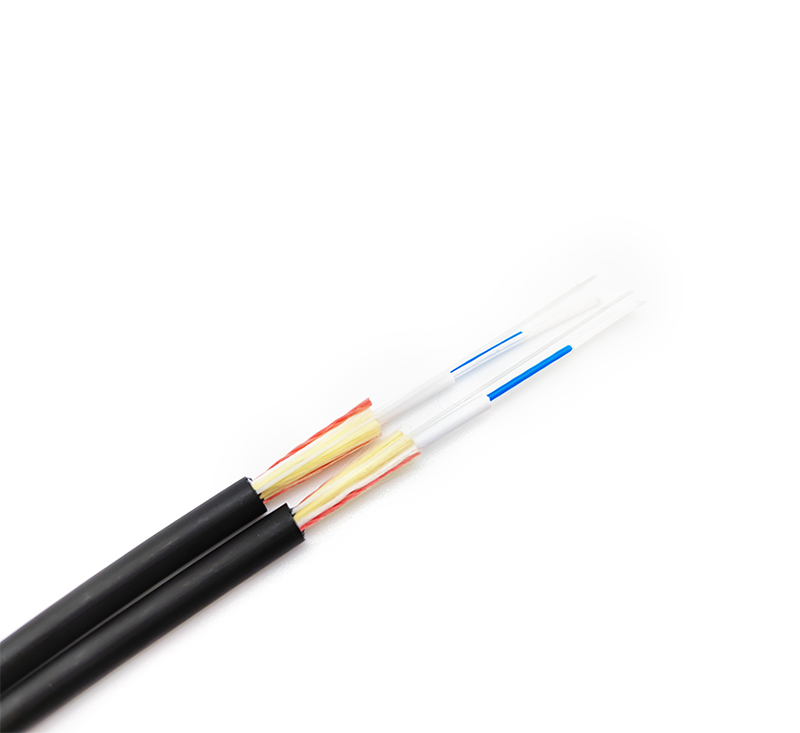In the Internet era, it requires higher bandwidth and transmission speed. Fiber is the best choice, fast transmission, large bandwidth, stable signal, and long distance. It is an inevitable choice. Because optical transmission can only pass the light signal and cannot transmit the electrical signal, how to change the electrical signal to the optical signal transmission? How can the other end of the optical fiber convert the optical signal into the electrical signal output? A optical fiber transceiver came into being, solving the problem of optical conversion and electrostatic light. At the same time, it evolved a more advanced product, called optical module. The principle is the same as the optical fiber transceiver, but the price is different.

What is a fiber transceiver
Optical fiber transceiver is also called photoelectric converter. It is an Ethernet transmission media conversion unit that interchanges short -distance twisted twisted telegraph signals and long -distance optical signals. The different observation angle gives people a different understanding of the optical fiber transceiver, such as the optical fiber transceiver divided into a single 10m, 100m optical transceiver, an adaptive fiber transceiver and 1000M fiber transceiver at a transmission rate. To put it in a straight point, to convert the electrical signal into a optical signal, transmit it to the other end through the optical fiber, and transfer the light signal back to the electrical signal. This is the optical fiber transceiver. It is divided into single -mode and multi -mode fiber transceiver
Simple introduction of light collection device installation
1. first see if the indicator light and the twisted port port indicator of the fiber transceiver or the light module is on?
A. If the light port (FX) indicator of the transceiver is not high, please determine whether the optical fiber link is cross -link? One end of the fiber jump line is parallel to connect; the other end is a cross -method connection.
B. If the light port (FX) indicator of the A transceiver is on, the light port (FX) indicator of the B transceiver is not on, the failure is on the A transceiver: one may be: A transceiver (TX) light sending The mouth is bad, because the optical port (RX) of the B transceiver cannot receive the light signal; the other may be: the optical fiber link in the light sender (TX) of the A transceiver (TX) is a problem with the light sending port (optical cable or light jumper may broken).
C. The twisted line (TP) indicator is not on, please determine whether the twisted line connection is wrong or the connection is error? Please use the passing tester to detect (but some transceivers of the twiser indicator light must be required The road was turned on).
D. Some transceivers have two RJ45 ports: (to hub) indicate that the connection cable of the connection switch is the pass line;
E. Some hairlines have MPR switches on the side: indicate that the connection cable of the connection switch is the direct line method; the DTE switch: The connection cable of the connection switch is the cross -line method.
2. Is the optical cable and optical fiber jump?
A. Optical cable interpolation detection: Lighting with laser flashlights, sunlight, light emitting bodies to the light cable connecting or puppets; on the other side to see if there is a visible light? If there is visible light, it indicates that the optical cable is not broken.
B. Fiber connection interrupt test: Use laser flashlight, solar light, etc. to illuminate the light of the fiber jump line; whether there is visible light on the other end? If there is visible light, it indicates that the fiber jump line is not broken.
3. Is there any error in the half/full double work?
Some transceivers are FDX switches on the side of the transceiver: indicate full dual -workers; HDX switch: indicate half dual -workers.
4. Use light power meter meter detection
Optical fiber transceiver or optical module in normal circumstances: multi-mode: -10DB --18DB; single mode 20 kilometers: -8DB --15DB; single mode 60 kilometers: -5DB-12DB between: -5DB-1 12DB ; If the luminous power of the fiber transceiver is between: -30db--45DB, then you can determine that there is a problem with this transceiver










